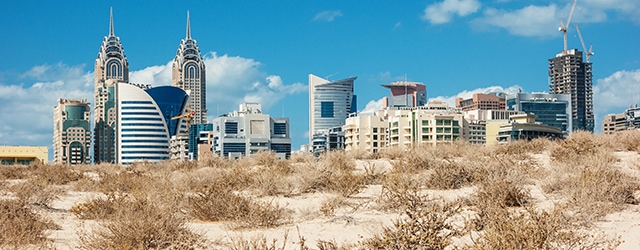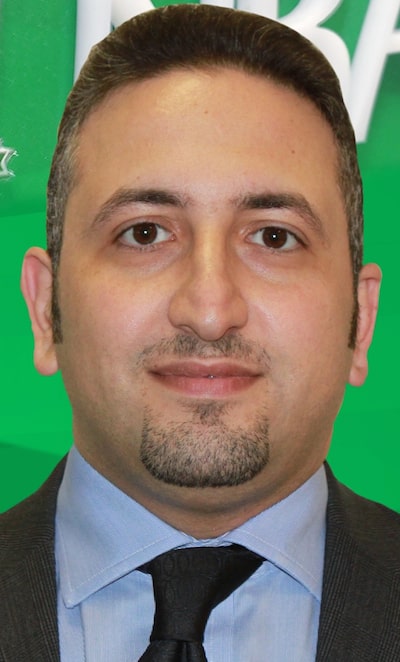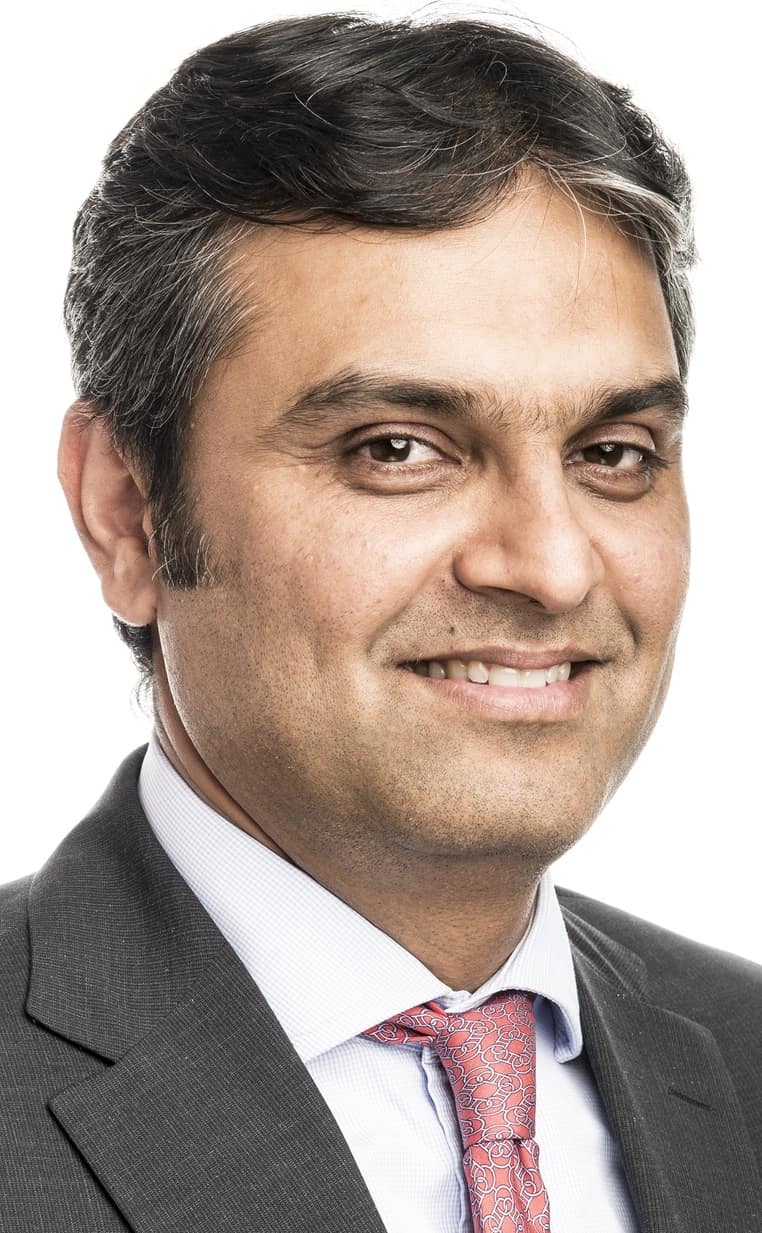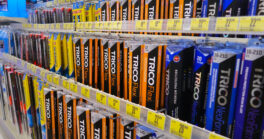Market Report | Global Islamic Finance

Despite lower volumes in 2013, sukuk issuance is on track for a record year.
Not long ago it looked like the bottom had fallen out of the Islamic capital markets, with a succession of high-profile sukuk (shariah-compliant bonds) defaults, including those of Investment Dar, Saad Group and Dubai World’s Nakheel. Until then it was widely thought that sukuk—the very public face of Islamic finance—were more secure than conventional bonds, given their use of tangible assets. But the defaults triggered a wider debate about sukuk holder and investor protection.
That was in 2009. Fast forward to today and you could be forgiven for thinking that the defaults had never shaken investor confidence in sukuk. Although sukuk value and volume fell in 2013, the international sukuk market is as vibrant as ever. Issuance is set to enjoy another record year, building on 2012’s record $18.5 billion in total international sukuk issuance.
Total international sukuk issuance for 2014 year to date is $17.3 billion with a total of 26 issues, marginally above 2012’s 25 issues, says Fawaz Abusneineh, managing director and head of debt capital markets at National Bank of Abu Dhabi (NBAD).
And before year’s close, Saadaat Yaqub Bajwa, head of financial institutions, syndications and debt capital markets at Noor Bank in Dubai, expects another round of sukuk issuances from the UAE to come to market.

Sukuk value and volume fell in 2013. Thomson Reuters is predicting total growth of 30% in the sukuk market for 2014. A recent survey it conducted of buyside and sellside firms concluded that African countries have the highest potential for growth-if they can establish “enabling frameworks.” The hope is that Arab Spring countries in North Africa will issue sukuk to finance much-needed investment in infrastructure.
The past two years has been a remarkable period for the global sukuk market, with some noteworthy sovereign issuances coming from such non-Islamic countries as the United Kingdom, Hong Kong, Luxembourg and South Africa. Issuance has also come from firms like Goldman Sachs: After an aborted attempt at launching a sukuk in 2011, the bank returned to the market in September 2014 with a $500 million five-year sukuk, the majority of which was bought by Middle East investors. The Goldman Sachs sukuk issuance was only the second by a conventional bank, following HSBC’s $500 million issuance in 2011.
“Eighty-seven percent of the [Goldman Sach’s] sukuk was in fact placed within the Middle East, with commercial banks taking 77%,” says Bajwa, explaining that, as an Islamic bank, it is difficult to find high-investment-grade, developed-world sukuk paper rated ‘A’ or above. In early September Fitch Ratings stated that it expected to assign a long-term debt rating of ‘A’ to Goldman Sachs’ sukuk. The issuance was based on a wakala structure, whereby one party is entrusted to manage assets on another’s behalf.
Goldman Sach’s earlier attempt to launch a sukuk was based on a structure not favored by most of the Middle Eastern shariah schools of thought. But this time round, says Bajwa, Goldman Sachs’ sukuk structure was more in line with what is acceptable among several shariah scholars in the region. “They [Goldman Sachs] have now established themselves as an Islamic issuer,” he explains, “which may open it [sukuk] up to some of the other international corporates/banks that want to tap additional Islamic liquidity, as General Electric did a few years ago.” In 2009, GE issued a $500 million sukuk—the biggest Islamic bond ever from a US company. In February, the Islamic Finance Information Service reported that GE is considering another Islamic deal for later this year.
Sovereign sukuk from Hong Kong, the United Kingdom, South Africa and Turkey are also expected to pave the way for corporate issuance in those countries. These sukuk “will open up markets for corporate issuers from respective countries,” says Bajwa. “If a UK corporate wants to issue a sukuk, the UK government has established a benchmark for them to enter the market.”
Another positive impact from the growth in sukuk volumes, says Arshad Mohamed Ismail, Maybank Islamic’s executive vice president and head of business development, is what it means for Islamic funds. “In the past, there was some hesitation among industry players to establish shariah-compliant funds that would invest in sukuk due to insufficient supply of sukuk. With the volume of issuances increasing, particularly in the non-ringgit space, we can expect to see more sukuk funds being set up, in addition to shariah-compliant funds focusing on other asset classes.”
With an increasing number of foreign sovereigns and corporates tapping Islamic capital markets, has sukuk gone mainstream? Goldman Sachs, the UK Treasury and Hong Kong could easily have gone to the conventional bond market to raise money, Bajwa says, but sukuk gives them exposure to an alternative source of liquidity and provides Middle Eastern investors with diversification into the developed world. Family companies, Islamic banks and funds in the Middle East, he adds, are looking to gain exposure to international sovereigns, an opportunity that never really existed before the recent spate of foreign sukuk issuances.
With the volume of issuances increasing, particularly in the non-ringgit space, we can expect to see more sukuk funds being set up.
~ Arshad Ismail, Maybank
“Given that most Middle Eastern sukuk investors are predominantly exposed to their home region, they should look for a decent proportion of their holdings outside of the region, particularly in the developed world,” says Bajwa.
Yet while sukuk is coming into its own, issuance outside of the Gulf Cooperation Council region has only reached a fraction of the issuance enjoyed in conventional bond markets. “In the GCC, in terms of volumes, conventional bond issuance is around 55% of the market and sukuk is around 45%,” says Abusneineh. “But if you look at total volumes globally, international sukuk issuance is $17.3 billion year to date, compared with $3 trillion [of total issuance] in the international conventional bond market. On any single day in the United States we could see more than $20 billion in bonds being issued. Therefore, we’ve plenty of potential growth opportunities and a long way to catch up. A lot more research, innovation and issuance will help sukuk along.”
Sukuk pricing is important both to international issuers and to investors, says Abusneineh. “The recent UK sukuk was priced flat to the conventional gilts curve; hence, the UK [Treasury] didn’t need to pay an extra premium for issuing a sukuk, and investors didn’t require any premium for investing in the same.”

Sukuk is not a viable option for all issuers, particularly those that conduct their business in non-shariah-compliant activities such as alcohol or tobacco. “But a company with the right business model and size, that has a [shariah-] compliant business, whether they are a telecom, airline, real estate company, in oil and gas or even a sovereign issuer, could be genuine candidates for sukuk,” says Bajwa. “Issuers do, however, have to look at whether it makes sense commercially. If it doesn’t, they won’t do it unless they may have more strategic reasons.” Issuers also need to ensure the availability of sufficient unencumbered assets to structure a sukuk.
Malaysia is still the biggest market by value and volume for local-currency sukuk issuance. According to a Bloomberg report dated September 23, an issuance from Malaysia’s sovereign wealth fund will push its sukuk sales beyond 50 billion ringgit ($15.4 billion) for only the second time in 16 years.
“The Malaysian sukuk market over the years has witnessed many innovative and exciting initiatives, including issuances by foreign issuers from various jurisdictions,” says Maybank’s Isamail. “The robust regulatory framework and demand for sukuk provide both issuers and arrangers the platform to innovate in terms of the type of structure, the maturity profile of the instrument and also the format (for example, senior unsecured, subordinated capital sukuk and also exchangeable sukuk).”
Ismail says the innovation is not limited to the domestic market; the sovereign and Khazanah Nasional Berhad, Malaysia’s sovereign wealth fund, have issued what Ismail describes as highly innovative sukuk instruments in foreign currency targeting investors in various jurisdictions.
But when it comes to international sukuk, Abusneineh says the GCC leads, adding that of the total international sukuk volume so far this year, around 70% was issued from the GCC region.
One of the more notable sukuks to come out of the region was Saudi Electricity Company’s April 2013, dual-tranche, $2.5 billion sukuk, which was the world’s first international 30-year sukuk and one of the few to attract investor interest from onshore US accounts. “To take this legal structure to markets like the United States and get a 30-year issuance is quite groundbreaking,” states Atif Hanif, European Islamic finance chief for law firm Allen & Overy, which advised SEC on the deal. “They tend to be 10 years at the long end.”
As for the sukuk defaults mentioned earlier, these have largely been restructured. However, given that sukuk is still a fledgling market, there are some important lessons that can be gleaned from the events of five years ago.
When there is relatively high market volatility, generally sukuk outperform conventional bonds.
~ Fawaz Abusneineh, NBAD
Back then, Abusneineh says, investors weren’t fully aware of the difference between asset-based (unsecured) and asset-backed (secured) sukuk. Although assets are used to structure a sukuk, in the event of a default it is only holders of a secured sukuk that have recourse to the underlying assets. “There are sukuks which are secured,” says Abusneineh, “but they are not as prevalent as the usual capital market instruments, which are mainly unsecured. Investors now have a far better understanding of the various sukuk structures and risks.”
In the case of Nakheel, scholars say the main legal issues concerned the legal framework within the UAE rather than the Islamic structure used. In an interesting twist, Nakheel actually issued a sukuk to settle outstanding trade creditor claims, which, legal experts point out, was the first time a GCC company had used sukuk in this way.
“Sukuk are resilient and strong,” concludes Abusneineh. “When there is relatively high market volatility, generally sukuk outperform conventional bonds.”



